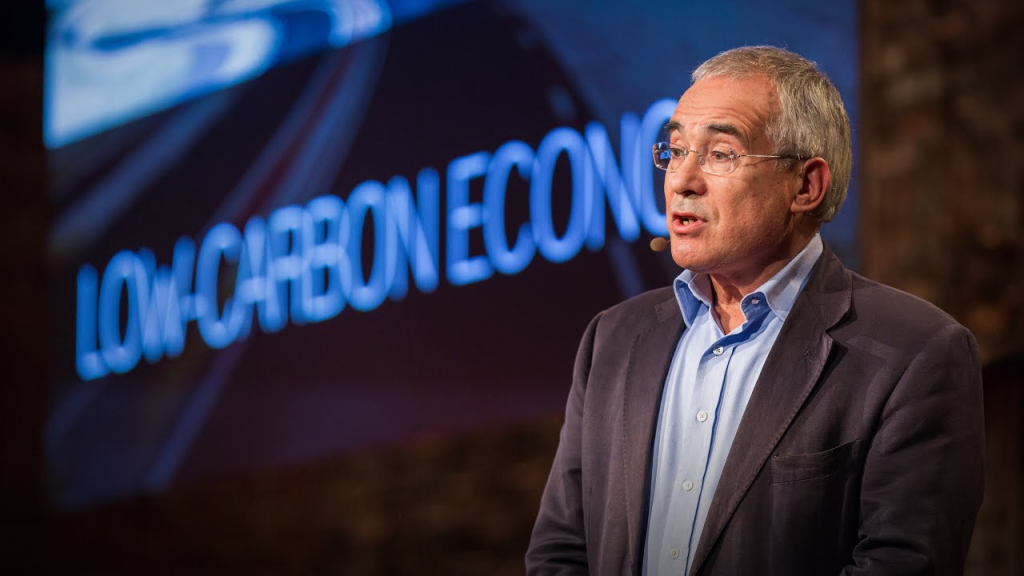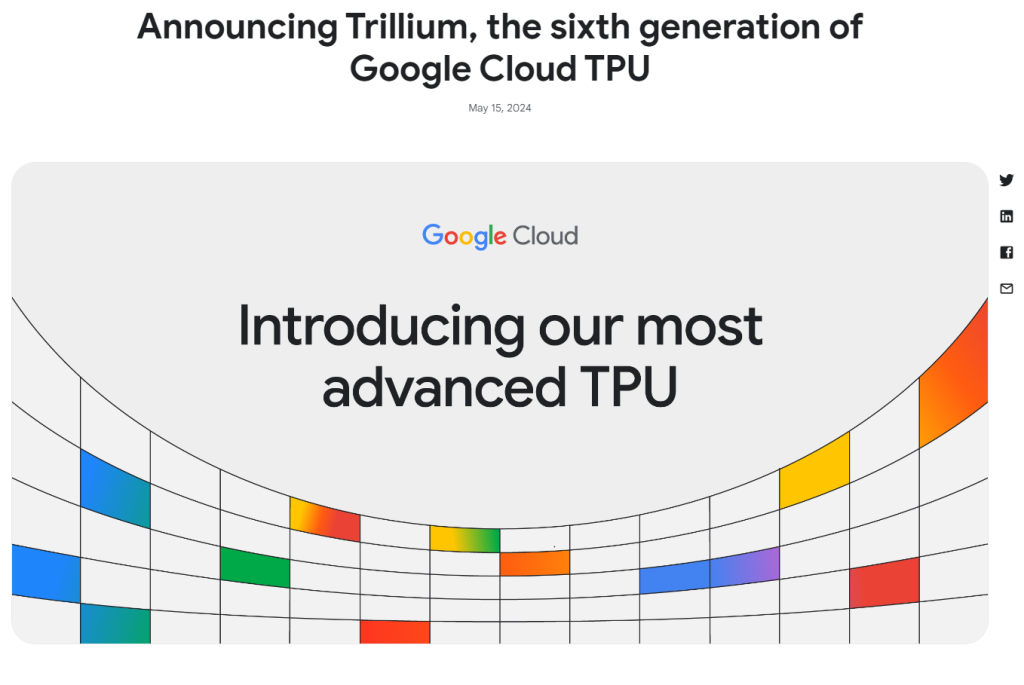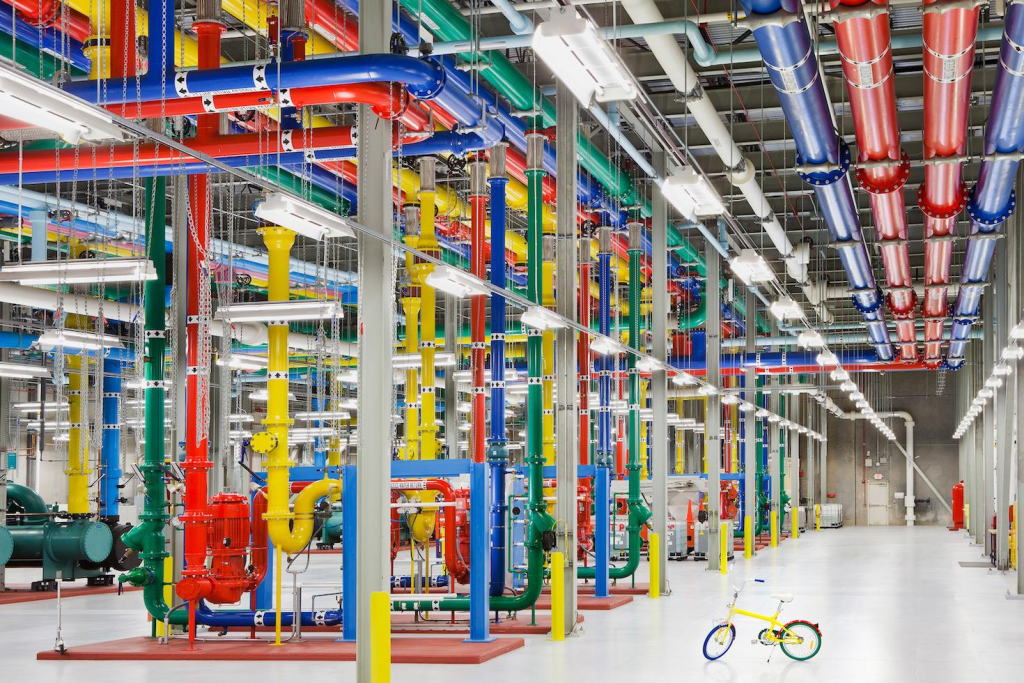Rising Emissions Linked to AI
The primary drivers behind this increase are the electricity consumption by data centers and supply chain emissions. In 2023 alone, Google’s emissions rose 13% compared to the previous year, reaching 14.3 million metric tons. The company attributes this spike to the growing energy demands of AI technologies and the infrastructure required to support them.

Google has set an “extremely ambitious” target of achieving net-zero emissions by 2030. However, the company acknowledges that this goal is fraught with “significant uncertainty,” particularly regarding the future environmental impact of AI. The complexity and unpredictability of AI’s energy consumption make it difficult for Google to forecast and mitigate its emissions effectively.
Data Centers and AI: A Double-Edged Sword
Data centers are crucial for training and operating AI models like Google’s Gemini and OpenAI’s GPT-4, which powers the popular ChatGPT chatbot. The International Energy Agency estimates that data centers’ total electricity consumption could double from 2022 levels to 1,000 terawatt-hours by 2026, equivalent to Japan’s annual electricity demand. By 2030, AI is projected to account for 4.5% of global energy generation, according to research firm SemiAnalysis.

“The world has in its hands the potential to apply artificial intelligence (AI) and machine learning (ML) to drive forward the net-zero transition and give us a chance to stay within 1.5℃. AI and ML can contribute massively to the pace of processes, can drive higher productivity, and can help design and run better systems. Together, they can unlock new growth that is sustainable, resilient, and equitable—whilst managing the immense and urgent risks of climate change, biodiversity loss, and pollution.”
Nicholas Stern, Chairman of Grantham Research Institute on Climate Change and the Environment from London School of Economics
This trend is not unique to Google. Microsoft has also reported that its data center energy use is jeopardizing its goal of being carbon negative by 2030. Microsoft’s president, Brad Smith, admitted in May that the company’s AI strategy has made its climate targets more challenging.
Efforts to Mitigate Environmental Impact
Despite these challenges, Google is investing heavily in making its infrastructure more energy-efficient. The company’s sixth-generation Tensor Processing Unit (TPU), Trillium, is over 67% more energy-efficient than its predecessor. Google has also implemented practices that can reduce the energy required to train AI models by up to 100 times and associated emissions by up to 1,000 times.

Google’s data centers are, on average, approximately 1.8 times as energy efficient as typical enterprise data centers. In 2023, the average annual power usage effectiveness for Google’s data centers was 1.10, compared to the industry average of 1.58. This means Google’s data centers use about 5.8 times less overhead energy for every unit of IT equipment energy.
Renewable Energy and Water Usage
Google has been a significant purchaser of renewable energy to meet its climate goals. The company became the first major company to match 100% of its annual electricity consumption with renewable energy in 2017 and has maintained this achievement every year since. In 2023, Google signed contracts to purchase approximately four gigawatts of clean energy generation capacity, more than in any prior year.

However, the rapid expansion of AI and the consequent increase in data center energy consumption have strained these efforts. Water usage is another critical environmental factor in the AI boom. A study estimates that AI could account for up to 6.6 billion cubic meters of water use by 2027, nearly two-thirds of England’s annual consumption.
The Road Ahead
While Google has made significant strides in advancing clean energy and efficient infrastructure, the path to net-zero emissions remains challenging. The company continues to explore innovative solutions, such as a water risk framework to identify climate-conscious cooling solutions and clean transition rates to drive new clean energy projects in the U.S.
Google’s commitment to sustainability extends beyond its operations. The company aims to help individuals, cities, and partners collectively reduce one gigaton of carbon equivalent emissions annually by 2030 through its products and technologies. AI-driven initiatives like fuel-efficient routing, global flood prediction models, and traffic light optimization are part of Google’s broader strategy to leverage AI for climate action.
Google’s 2024 environmental report highlights the dual challenge of scaling AI while striving to meet climate goals. The significant increase in emissions underscores the urgent need for innovative solutions and robust policies to balance technological advancement with environmental sustainability. As Google continues to invest in AI and clean energy, the company’s journey toward a sustainable future will require navigating uncertainties and fostering collaboration across the tech industry and beyond.


